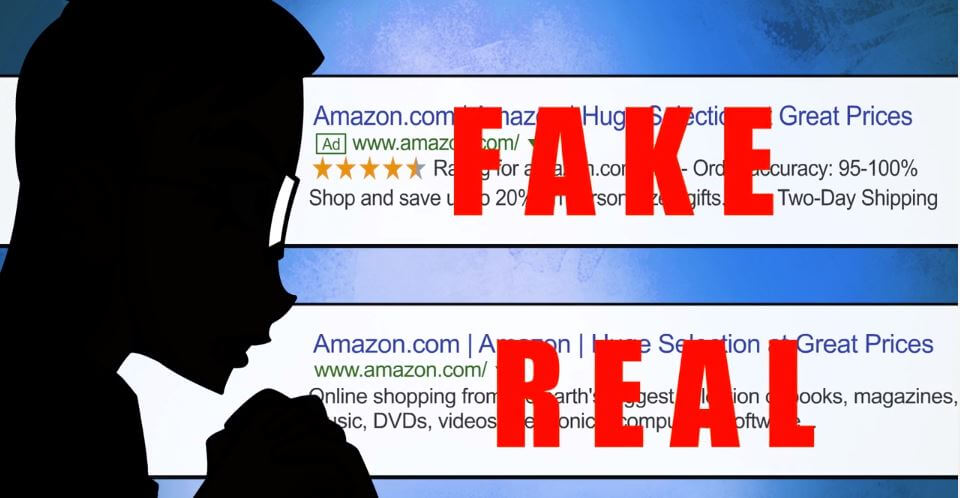09 Jul How it really happened : NINJIO Season 3, Episode 7, Update Double Take

In NINJIO’s Season 3, Episode 7, a meeting starts late after a link to Amazon prompted a software update – an update that IT knew nothing about. It turns out that the culprit is malvertising. It’s important to review links before you click on them, and to be aware of the risk in following unexpected and unprompted instructions after opening a website.
Fake Google ad sent users searching for Amazon to scam site
CBS details an Amazon malvertisement and the scam site that it sent users to during one of the largest shopping days of the year.
Why Malvertising is Cybercriminals’ Latest Sweet Spot
Wired discusses what makes malvertising a lucrative practice for hackers.
Four Steps You Can Take to Protect Yourself Against Malvertising
There are a number of steps a user can take to safeguard against these scam ads; Forbes takes a look at some best practices.
Malvertising concerns grow as everyday users are in high risk
Mobile Industry Review looks at the prime targets of malvertising – end-users and small businesses.
Fake-Ad Operation Used to Steal from Publishers Is Uncovered
The Wall Street Journal discusses a malvertising variant that relies on “bot traffic” to increase the ad revenue that hackers can receive from publishers.
